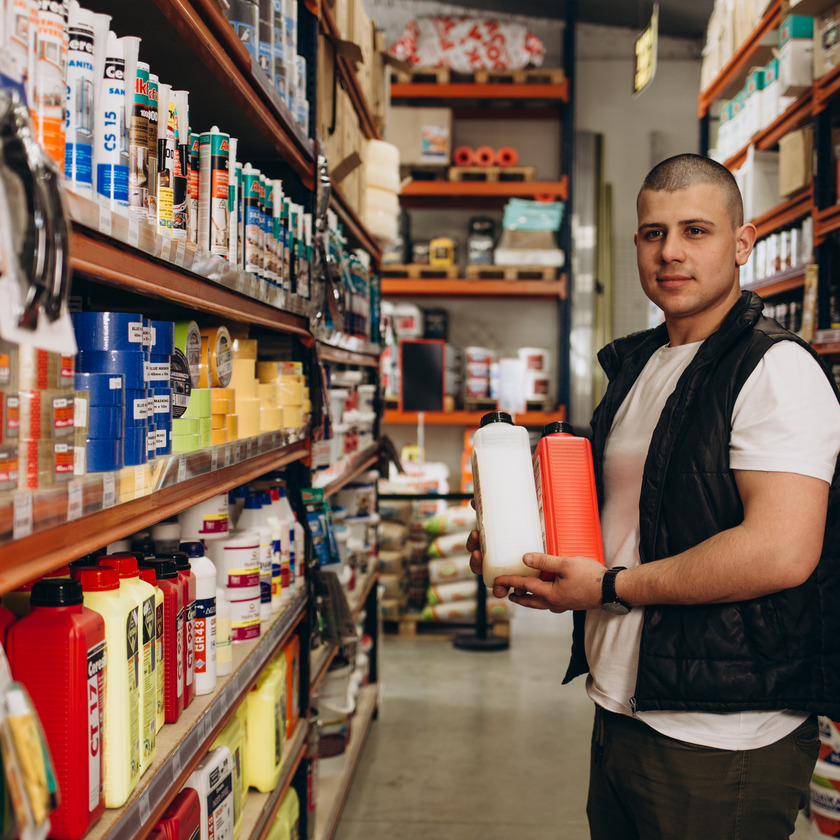Bringing a product to market is a significant achievement, but the journey doesn't end there. Ensuring your product lands on the right retail shelves is paramount to its success. Simply getting distribution isn't enough; strategic placement within retail environments that align with your brand and reach your target consumer is crucial for visibility, sales velocity, and long-term growth. Navigating the diverse landscape of retail channels can be overwhelming, but understanding the different types of stores and how they fit your specific product and audience is the essential first step.

The cornerstone of any successful retail strategy is a deep understanding of your target audience. Who are your ideal customers? What are their shopping habits? Where do they typically purchase products similar to yours? Are they price-sensitive bargain hunters frequenting big-box retailers like Walmart or Target, seeking one-stop shopping convenience and volume discounts? Or are they looking for specialized advice and a curated selection found in junior box stores or category specialists like PetSmart, Sephora, or Best Buy, which focus on specific product verticals? Perhaps they value unique finds and personalized service, preferring the atmosphere of local independent boutiques or 'mom-and-pop' shops. Answering these questions honestly is fundamental to narrowing down your potential retail partners.

Beyond customer demographics, brand alignment and product positioning play a critical role. Is your product a premium offering demanding a sophisticated environment, potentially suited for upscale department stores like Nordstrom or Macy's, or specialized boutiques? Or is it a mass-market item designed for high volume and accessibility, making big-box or even certain drugstore chains a better fit? Consider the perceived value and price point. Placing a high-end, artisanal product next to budget options in a discount retailer can dilute its brand image, just as placing a basic commodity item in a luxury boutique would feel out of place and likely fail to attract the right buyer. The store environment itself—its layout, merchandising standards, and overall reputation—must complement your brand identity.

The rise of e-commerce adds another critical layer: online retailers. This includes massive marketplaces like Amazon, which offer unparalleled reach but also intense competition and potential pricing pressures. It also encompasses specialized online stores focusing on specific niches (e.g., Thrive Market for health foods, Etsy for handmade goods) and, increasingly, a brand's own Direct-to-Consumer (D2C) website. An online strategy can complement or even replace physical retail, depending on the product, target audience, and logistical capabilities. Many brands find success with a multi-channel approach, leveraging both physical stores for discovery and impulse buys, and online platforms for convenience and wider reach.
Evaluating potential retail partners also involves considering practical factors. Can your supply chain handle the volume demands of a major big-box retailer? Do you have the margins to accommodate their pricing structures and potential chargebacks? Conversely, while mom-and-pop stores offer charm and community connection, can they provide the sales volume needed to sustain your business? Assessing factors like required marketing support, payment terms, inventory management expectations, and the competitive landscape within each potential store type is crucial for making informed decisions.

This complex process of analysis, identification, outreach, and negotiation is incredibly time-consuming and requires specific expertise that many businesses, especially smaller ones or those new to retail distribution, may lack. Understanding the nuances of buyer expectations at different retail chains, having existing relationships, and possessing strong negotiation skills are vital for securing favorable placement and terms. It's easy to waste valuable time pursuing retailers that aren't a good fit or to struggle to even get a foot in the door with the right ones.
This is precisely where Distroly steps in to bridge the gap. We specialize in helping businesses navigate the intricate world of retail placement. Our process begins with a thorough analysis of your product, brand identity, target audience, and business objectives.  Leveraging this understanding and our extensive industry knowledge, we identify the specific types of retail stores – whether big box, junior box, specialty, online, or independent – that represent the optimal channels for your product's success. Crucially, we don't just identify them; we actively solicit these target companies on your behalf, leveraging our network and expertise to initiate contact and present your brand effectively. Furthermore, Distroly handles the complex negotiation process, working to secure favorable deals that align with your strategic goals, ensuring your product not only gets onto the shelf but does so under terms conducive to sustainable growth. By partnering with Distroly, businesses can confidently overcome the hurdles of retail identification and negotiation, strategically placing their products where they will truly thrive.
Leveraging this understanding and our extensive industry knowledge, we identify the specific types of retail stores – whether big box, junior box, specialty, online, or independent – that represent the optimal channels for your product's success. Crucially, we don't just identify them; we actively solicit these target companies on your behalf, leveraging our network and expertise to initiate contact and present your brand effectively. Furthermore, Distroly handles the complex negotiation process, working to secure favorable deals that align with your strategic goals, ensuring your product not only gets onto the shelf but does so under terms conducive to sustainable growth. By partnering with Distroly, businesses can confidently overcome the hurdles of retail identification and negotiation, strategically placing their products where they will truly thrive.